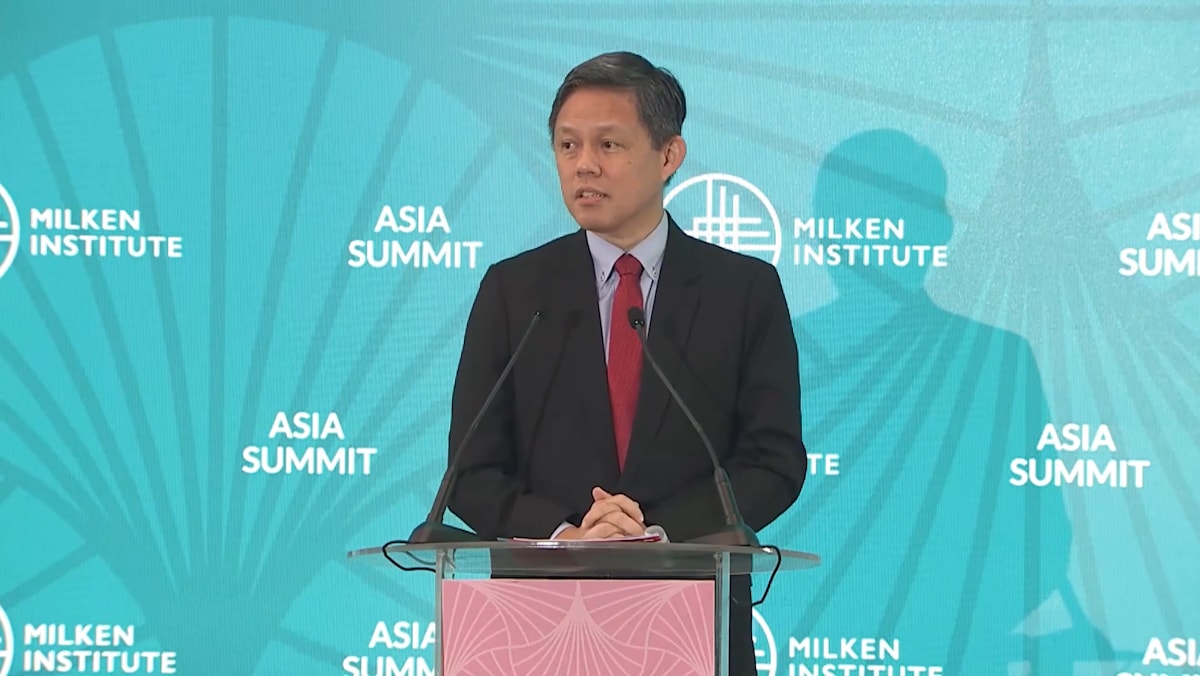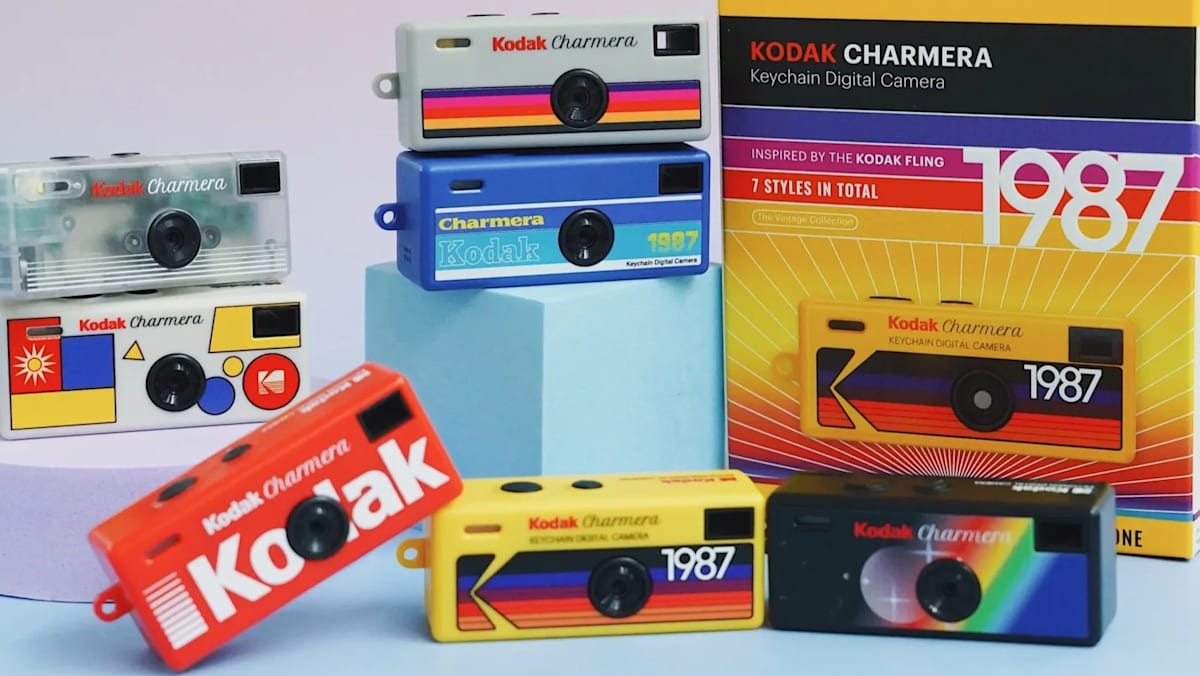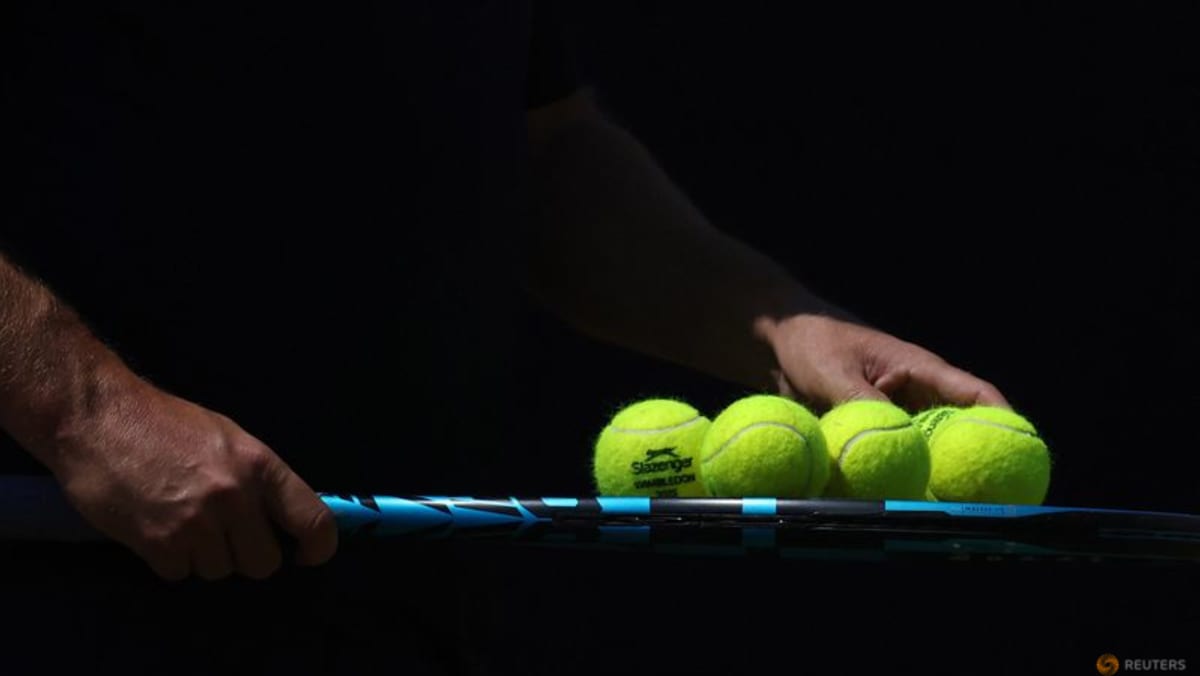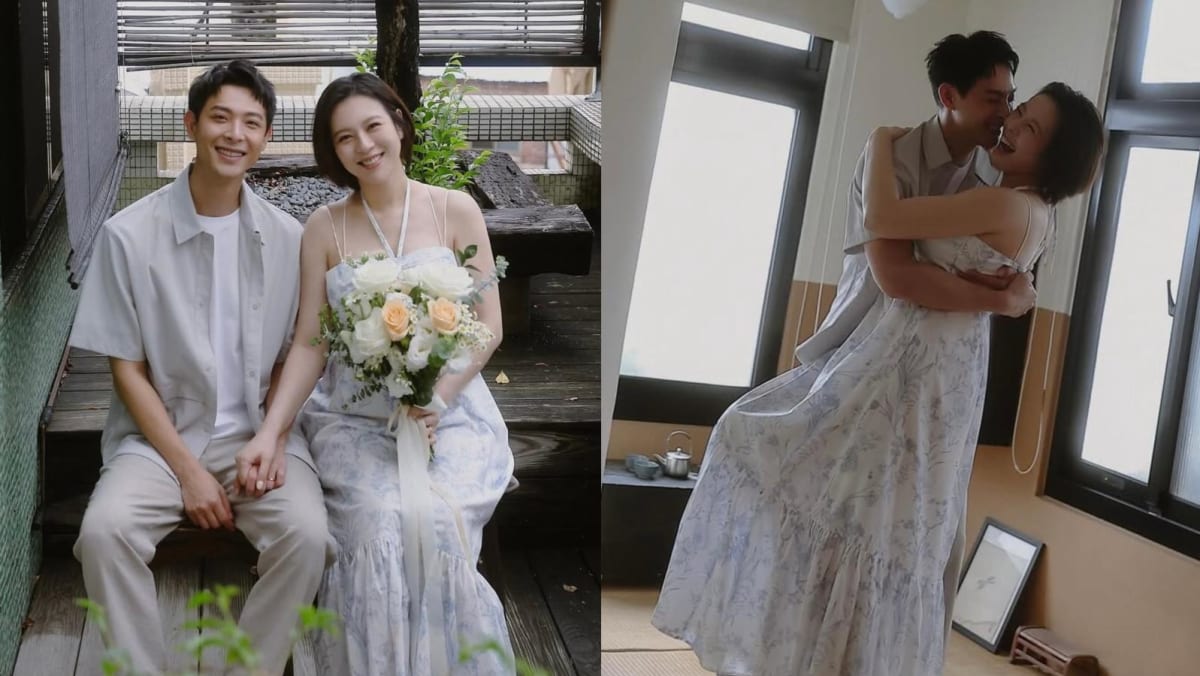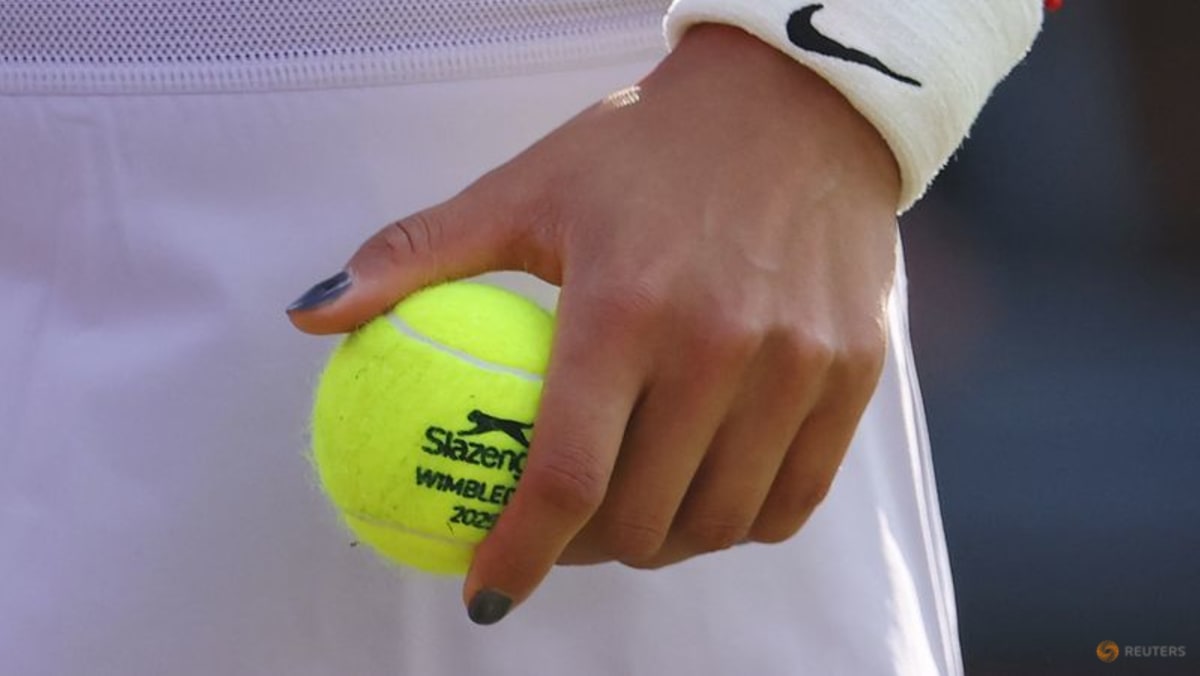HONG KONG: Cheung Shun King can carve and chisel out a character on a mahjong tile within seconds.
The 72-year-old, also known as Uncle King, is among the third generations of artisans in his native Hong Kong making such hand-carved mahjong tiles.
“I think (it) will disappear. It's just a matter of how long it will last. For masters in our generation, there aren't many left in Hong Kong,” he told CNA.
The owner of Biu Kee Mahjong, who has been practising his craft since he was 10, said that none of his three children - who have their own careers - will be taking over his business. He did not teach them the skills as he said he does not see a future in the trade.
Uncle King added that the younger generation are also not too bothered about the quality of the mahjong tiles. Only the older generation are more particular about buying quality hand-carved mahjong sets, he said.
“Hand-carved mahjong is starting to decline in my generation. That’s why the government designated our craft as intangible cultural heritage. If we don’t continue doing it, the skill will be lost. I find this very regrettable to witness its disappearance because I am in this field, but the reality is such that I can only accept it,” added Uncle King.
Traditional handmade crafts in the city are slowly giving way to technological modernity, as Hong Kong ramps up efforts to transform itself by placing an emphasis on advanced technologies like artificial intelligence.
Businesses, practitioners and local authorities are now coming up with ways to preserve and pass on these vanishing crafts to the next generation.
PRESERVING CULTURAL HERITAGE
In 2014, hand-carved mahjong tiles were recognised as one of Hong Kong’s “Intangible Cultural Heritage” items.
Hong Kong’s Intangible Cultural Heritage Centre was set up in 2016 to exhibit a variety of traditional crafts.
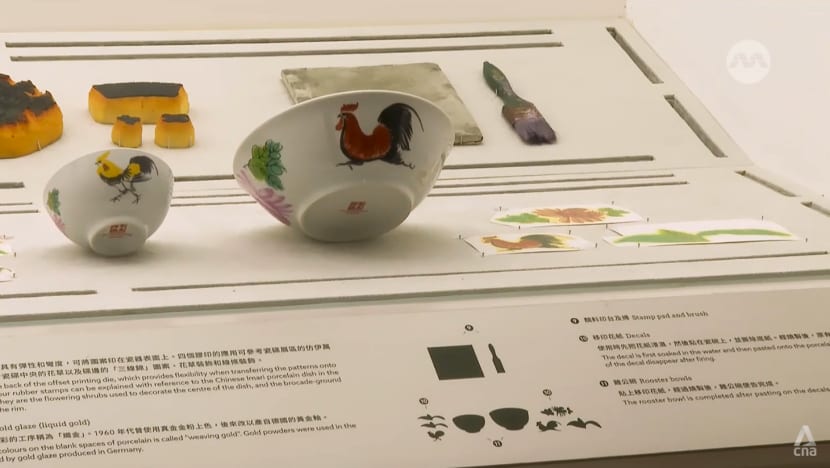 Hong Kong’s Intangible Cultural Heritage Centre was set up in 2016 to exhibit a variety of traditional crafts.
Hong Kong’s Intangible Cultural Heritage Centre was set up in 2016 to exhibit a variety of traditional crafts.
Last year, it organised 1,400 activities such as performances, demonstrations and seminars both within and outside of the premises.
Such programmes have attracted more than 130,000 visitors to the centre last year.
t hopes to enhance visitors’ understanding of Hong Kong’s traditional crafts and preserve invaluable pieces of the city’s history.
“Intangible cultural heritage is an important part of Chinese history and also (their) tradition, so we want to arouse the people’s awareness and their interest in this aspect,” said Celia Shum, a curator at the Intangible Cultural Heritage Office.
REVIVING HERITAGE CRAFTS
Apart from increasing public awareness of heritage crafts, traditional artisans are also passing on their skills.
One traditional craft business that has a succession plan is Yuet Tung China Works, hand-painted porcelain ware shop that is almost a century old.
66-year-old Ruby Tso and her husband, who inherited the family business from his father, currently operate the shop with the help of their daughter Martina.
"We depend on her … She’s doing many programmes and creating many events,” said Ruby Tso.
She added that her daughter also handles the business’ social media accounts on Instagram and Facebook, helping with its marketing efforts.
“She promotes the best things of our factory, she encourages young people to visit, to learn,” added the older woman.
Forty years ago, the business had about 20 masters drawing and painting porcelain ware, but there are only two artisans left.
Martina Tso, who only joined the family business six years ago, said she was not initially keen on continuing the craft as she was pursuing a different career.
“In the past, I felt these were old fashioned. After I went to an exhibition held by the government about this industry, I started to appreciate the business and the craftsmanship in Hong Kong, as this is fading away. I think that is (my) responsibility,” she added.
LEAVING A LEGACY FOR THE NEXT GENERATION
That sense of responsibility has also prompted birdcage maker Chan Lok Choi, or Master Chan, to conduct workshops and take on apprentices.
The 83-year-old craftsman is believed to be the only master left in this trade in Hong Kong.
He said he is willing to teach as much of his craft as he can.
“(I’m) unlike the old masters in the past, who would keep some tricks to themselves and won't teach their students, as they worry (students would) take away business from them,” added Chan.
His students noted that it is important to preserve the craft.
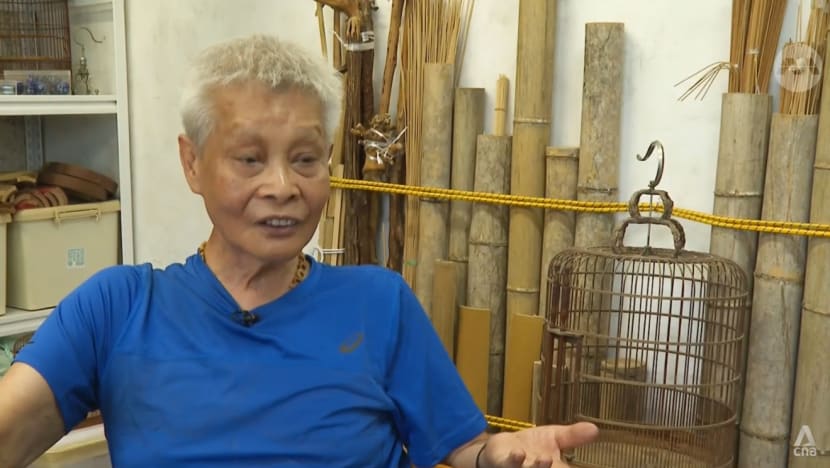 83-year-old birdcage maker Chan Lok Choi, or Master Chan, is conducting workshops and taking on apprentices.
83-year-old birdcage maker Chan Lok Choi, or Master Chan, is conducting workshops and taking on apprentices.
Student Elaine Wong said: “My friends think I am odd when they find out that I am learning how to make birdcages. They think this is something only the older generation would be interested in.”
Handmade items have essence and soul, unlike things made with AI, she added.
“(The) items carry messages that the craftsman wants to convey and that’s something that’s irreplaceable,” said Wong.
Fellow student Chow Hau Chung said he wishes to impart the traditions to the next generation.
“I may not be the best person to promote and advocate this skill, but I (wish to) teach the next generation … that we once had such a craft,” he added.
Yuet Tung’s Martina Tso is hoping she can eventually pass on her family’s porcelain ware business to her daughter.
But challenges remain. When asked by her mother if she was interested in doing so, the 10-year-old’s reply was, “I want to be a YouTuber.”






